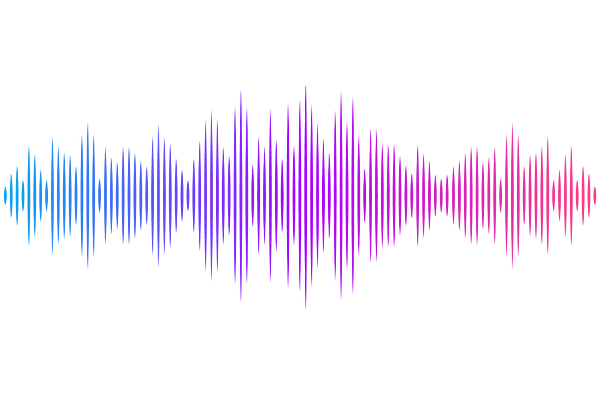Identification and Characterization of Archaeal Pseudomurein Biosynthesis Genes through Pangenomics

Identification and Characterization of Archaeal Pseudomurein Biosynthesis Genes through Pangenomics
Lupo, V.; Roomans, C.; Royen, E.; Ongena, L.; Jacquemin, O.; Mullender, C.; Kerff, F.; Baurain, D.
AbstractThe peptidoglycan (PG; or murein) is a mesh-like structure, which is made of glycan polymers connected by short peptides and surrounds the cell membrane of nearly all bacterial species. In contrast, there is no PG counterpart that would be universally found in Archaea, but rather various polymers that are specific to some lineages. Methanopyrales and Methanobacteriales are two orders of Euryarchaeota that harbor pseudomurein (PM), a structural analogue of the bacterial PG. Owing to the differences between PG and PM biosynthesis, some have argued that the origin of both polymers is not connected. However, recents studies have revealed that the genomes of PM-containing Archaea encode homologues of the bacterial genes involved in PG biosynthesis, even though neither their specific functions nor the relationships within the corresponding inter-domain phylogenies have been investigated so far. In this work, we devised a pangenomic bioinformatic pipeline to identify proteins for PM biosynthesis in Archaea without prior genetic knowledge. The taxonomic distribution and evolutionary relationships of the candidate proteins were studied in detail in Archaea and Bacteria through HMM sequence mining and phylogenetic inference of the Mur domain-containing family, the ATP-grasp superfamily and the MraY-like family. Our results show that archaeal muramyl ligases are of bacterial origin, but diversified through a mixture of horizontal gene transfers and gene duplications. However, in the ATP-grasp and MraY-like families, the archaeal members were not found to originate from Bacteria. Our pangenomic approach further identified five new genes potentially involved in PM synthesis and that would deserve functional characterization.